The general cargo ship is the oldest of merchant ships, dating back to when man first began to move cargo across water. It is essentially an empty shell, filled with cargo loaded aboard one piece at a time. This cargo, known as break-bulk, can be anything from bolts of cloth to heavy equipment like trucks and industrial equipment. Traditionally, even liquids and bulk cargoes like grain were packaged up and moved aboard such ships, although the 19th century saw the creation of specialized bulk carriers and tankers for such cargo.
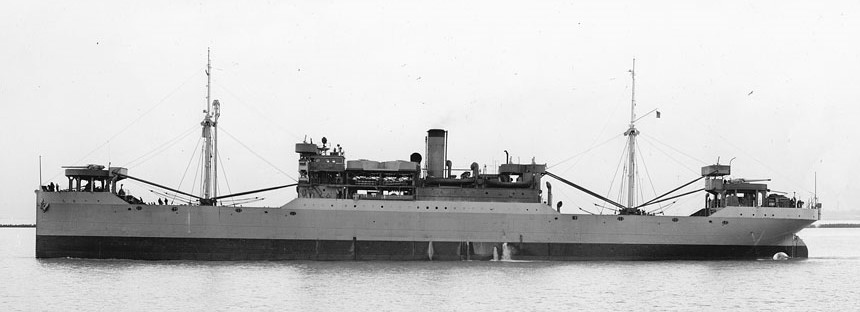
Three-island cargo ship Vega
Until the advent of containerization and other systems for improved handling of non-bulk cargo, break-bulk ships moved most of the world's general cargo. Typically, these ships were in the "three-island" layout, with their engines under the bridge amidships, and a forecastle and poop providing accommodation for the crew. Except for the engines, the entire main body of the ship was taken up by a number of holds, each loaded and unloaded through a hatch in the deck above it. Most ports were quite primitive and provided little more than a place to tie up, so cargo was handled by the ship's own booms, which usually limited loads to 10 tons or less. Initially, hatches were fairly small, which meant a lot of work inside the holds to make sure they were properly filled, increasing turnaround time and cost. Read more...

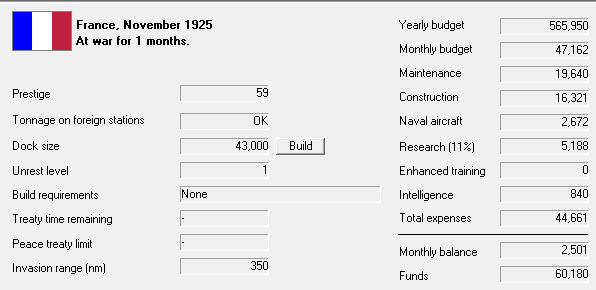
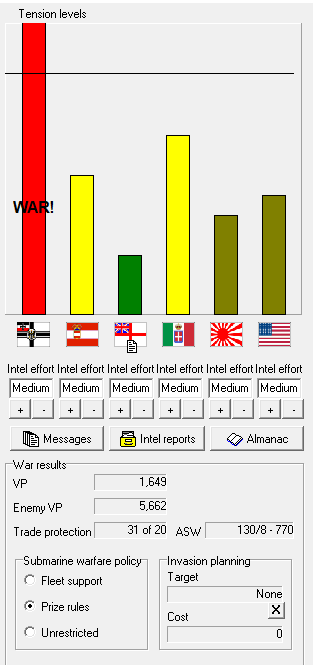
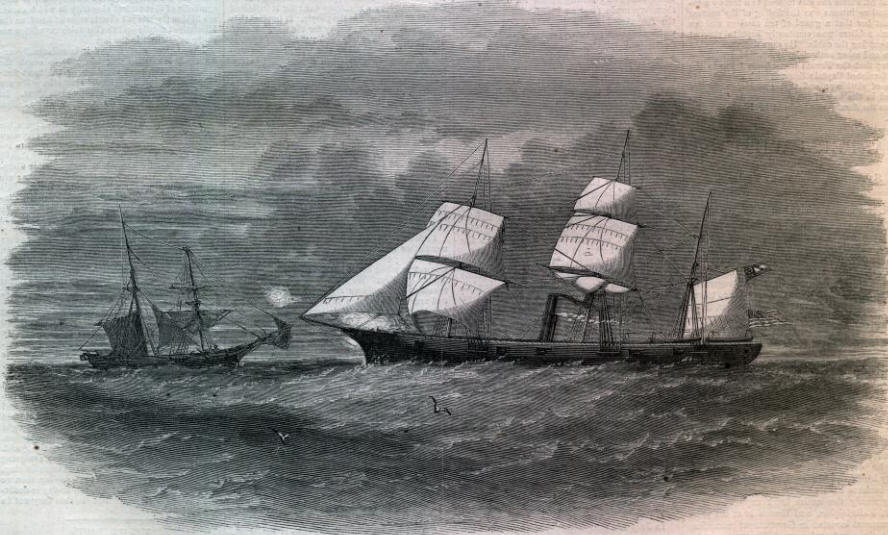
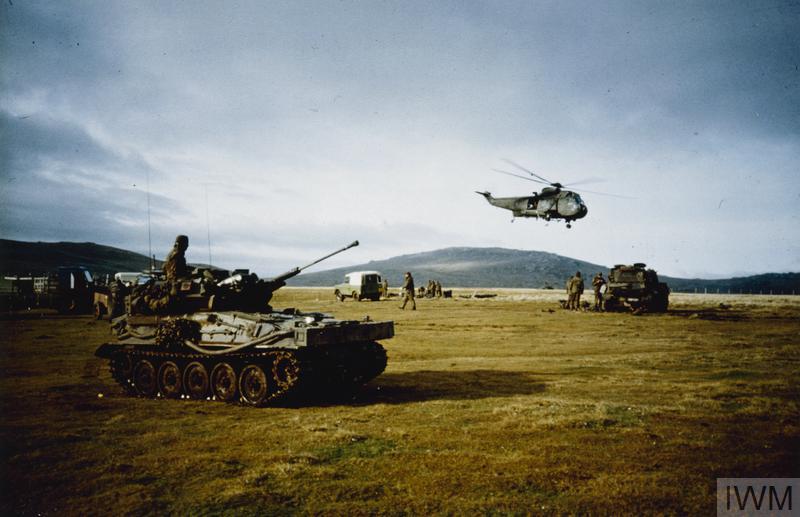
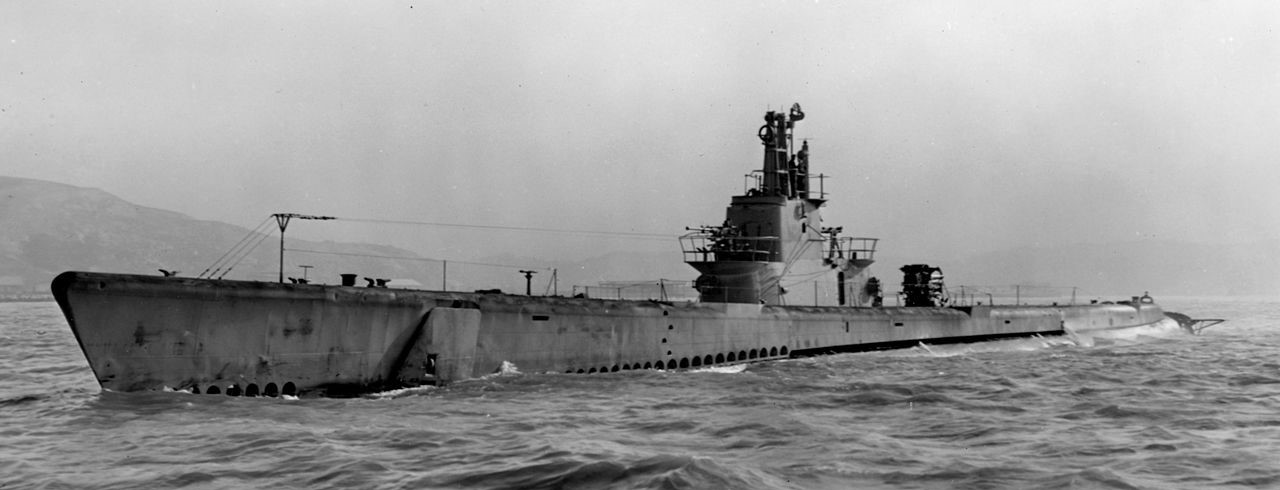



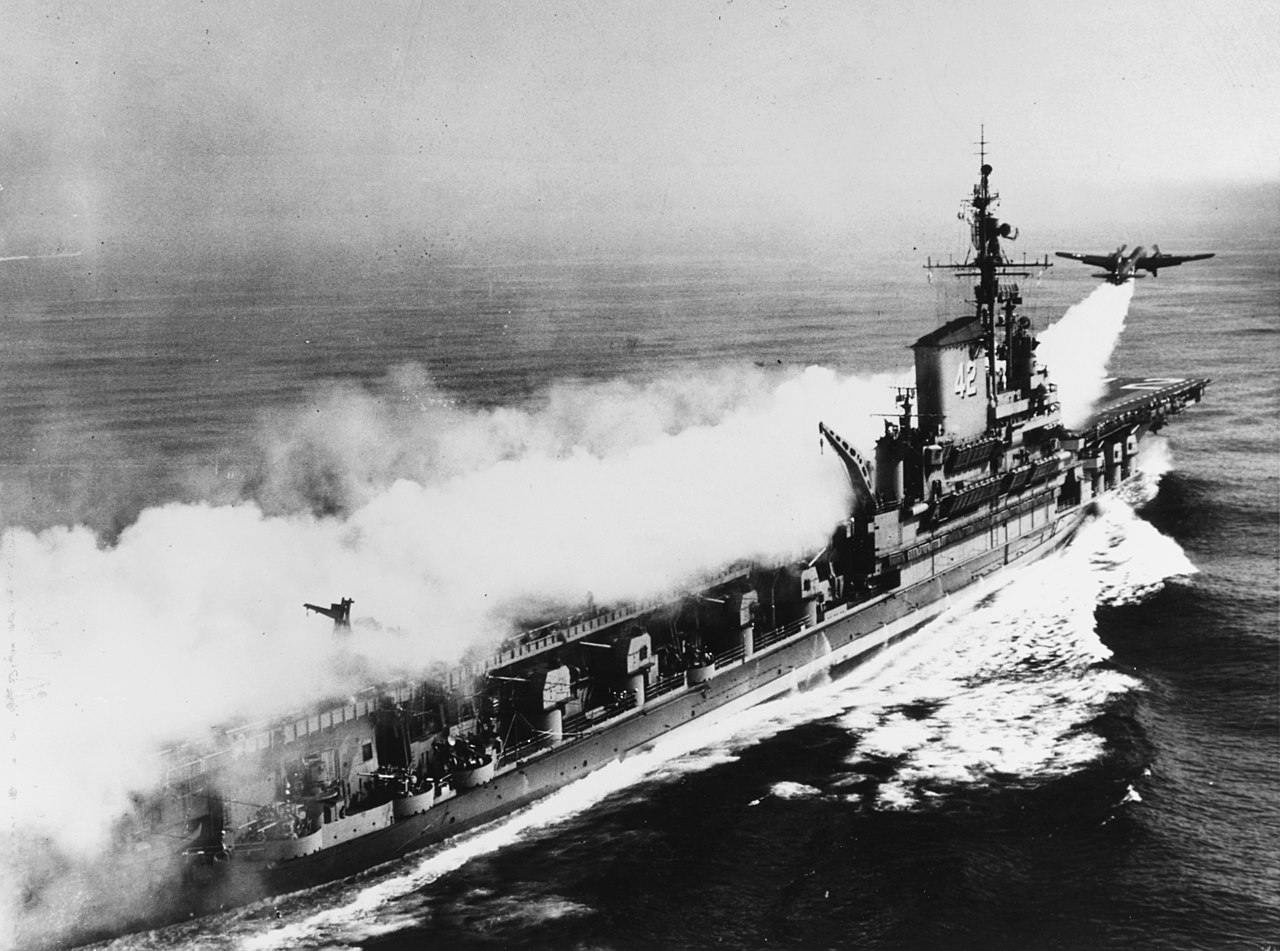
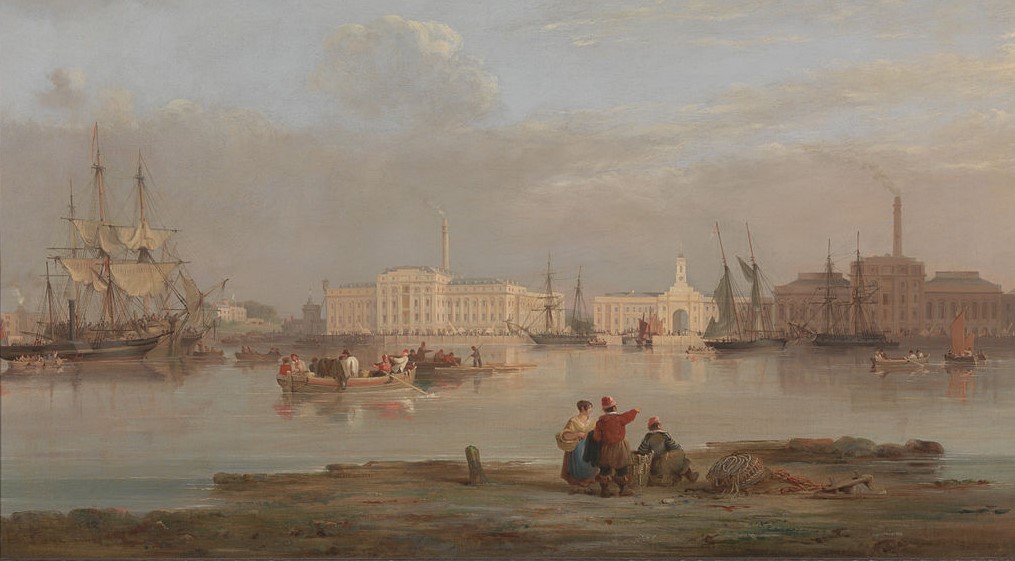
Recent Comments